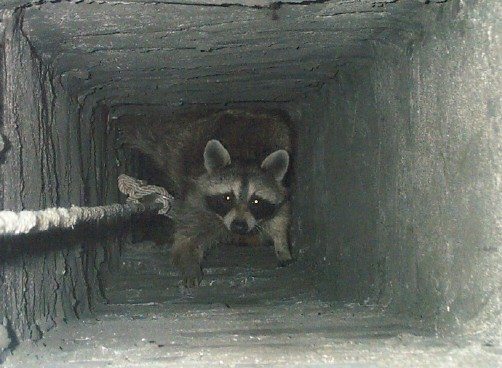Bats, birds, squirrels, and raccoons can be more than just a nuisance. These animals can also cause major damage in attics (including ripping up insulation, chewing through electrical wiring, and building nests in soffit areas and wall voids). Their fecal matter can contain diseases and areas may require a thorough clean out in order to remove contamination. To learn more about some of the common types of nuisance wildlife found in New England, click on the profiles available for each type below.
Learn more about our Wildlife Control Program that includes humane trapping and removal!

